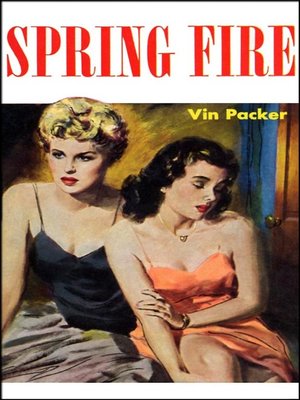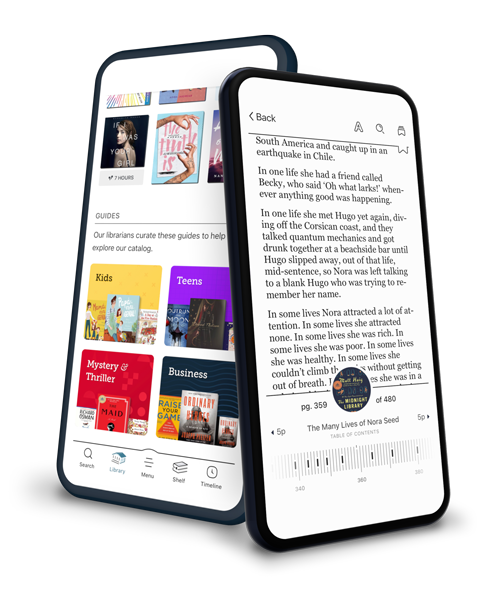

Sign up to save your library
With an OverDrive account, you can save your favorite libraries for at-a-glance information about availability. Find out more about OverDrive accounts.
Find this title in Libby, the library reading app by OverDrive.



Search for a digital library with this title
Title found at these libraries:
| Loading... |
There was a girl named Leda who was Queen of the campus. There was a girl called Mitch who desperately wanted to be loved. Suddenly, they belonged to each other. Not since The Well of Loneliness has there been such an honest, provocative novel on a theme too important to keep from the light.
This classic lesbian Pulp novel about the forbidden love between two college girls is often considered by many to have launched the lesbian pulp genre. Although Tereska Torres's Women's Barracks was the first novel to feature lesbian characters, Spring Fire was the first to portray main characters in a lesbian relationship.
Susan Mitchell (Mitch) is a freshman student at Cranston University pledging to the Tri Epsilon sorority. Although shy, awkward, and not particularly "sorority girl" material, she is accepted into the sorority because of her father's wealth. Mitch is immediately drawn to the older Leda, the campus beauty queen, and they become roommates in the sorority house. Before long, they fall in love and begin an affair they must keep secret from their sorority sisters. In a dramatic and shocking conclusion, their relationship is discovered and both girls must come to grips with the consequences an unforgiving and prejudicial society thrust upon them.
About Lesbian Pulp Fiction:
In the early 1950s new sub-genres of the vintage paperback pulp novel industry emerged—science fiction, juvenile delinquent, sleaze, and lesbian fiction, for instance—that would tantalize readers with gritty, realistic and lurid stories never seen before. Mysteries, thrillers and hardboiled detective pulps were already selling quite well. Publishers had come to realize, however, that sex would sell even more copies. In a competitive frenzy for readers, they tossed away their staid and straightforward cover images for alluring covers that frequently featured a sexy woman in some form of undress, along with a suggestive tag line that promised stories of sex and violence within the covers. Before long, books with these sensational covers had completely taken over the paperback racks and cash registers. To this day, the "good girl art" (GGA) cover art of these vintage paperback books are just as sought after as the books themselves were sixty years ago.
With the birth of the lesbian-themed pulp novel, women who loved women would finally see themselves—their experiences and their lives—represented within the pages of a book. They finally had a literature they could call their own. For lesbians across the country, especially those living in small towns, these books provided a sense of community they never knew existed, a connection to women who experienced the same longings, feelings and fears as they did—the powerful knowledge that they were not alone. We are excited to make these lesbian pulp novels available in ebook format to new generations of readers.






